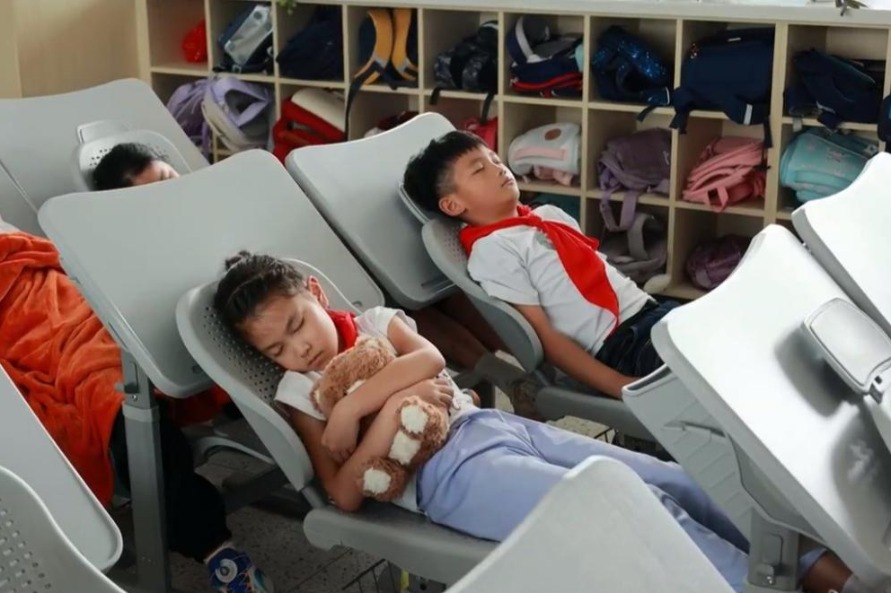Hawking's death puts ALS patients in spotlight

Degeneration
"In China, ALS is known as jiandong, or 'gradual freezing', which is an apt description of how the disease develops," Cui said. "The patient's muscles gradually become weak, limiting their activity as though they are freezing."
Medically, it is the progressive degeneration of the motor neurons that eventually leads to death, she said.
The technical name provides a precise explanation of the illness. In "amyotrophic", the "a" refers to "no", "myo" means muscle, and "trophic" is "nourishment". When muscles lack nourishment, they atrophy or waste away.
"Lateral" identifies the part of the spinal cord where the nerve cells that send signals to the muscles are located. As this area degenerates, it leads to "sclerosis", or hardening.
Clinically, ALS usually starts with muscle atrophy in the hands that gradually develops into limb weakness, and eventually patients lose the ability to speak, eat, move or breathe, Cui said.
In theory, patients with advanced ALS can survive by constant use of a respirator, but that can result in complications, including lung infections and blockage of the airways by sputum or even saliva.
"The cruelest part is that the patient's feelings, emotions, and cognitive functions are all normal, and they have to watch themselves dying step by step. They can't scratch a place that itches or cry out when they are in pain," Cui said.
"In China, the average onset age is about 52, so the majority of patients are middle-aged; the family breadwinner. They endure great pain inside."
The World Health Organization lists ALS among the top five fatal illnesses, along with cancer and AIDS.
However, the illness is also designated a rare disease as a result of its low incidence, with between four to eight patients per every 100,000 people.
Cui said few patients receive a timely diagnosis because the early symptoms are not obvious and can easily be mistaken for other conditions.
"The clumsy fingers or weak limbs are ignored by many people, but the disease develops rapidly later and by then it's too late. Early diagnosis is crucial to delaying the progress of the illness," she said.
- Huangyan approved as nature reserve
- Hongqiao Intl CBD facilitating companies' global ambitions
- Global Public Security Cooperation Forum to be held in Lianyungang
- Huangyan Island National Nature Reserve gets official go-ahead
- A capable assistant in classroom -- Chinese educators embrace AI
- China rolls out homegrown 9-valent HPV vaccine





































